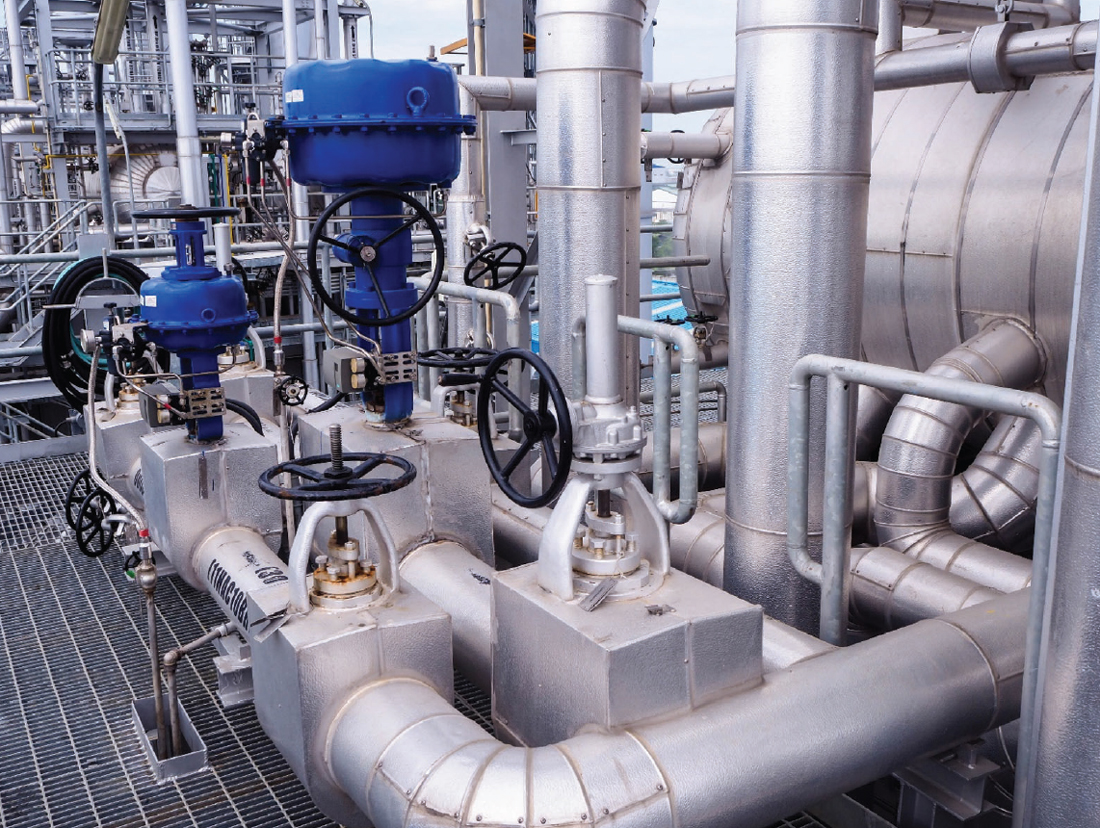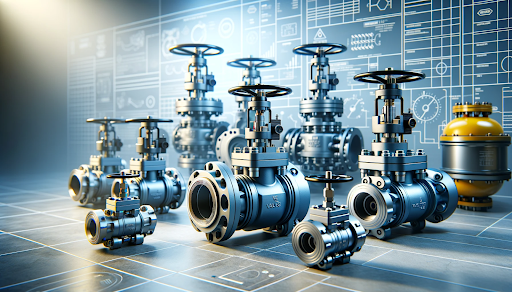
Maximize Power Savings and Comfort With Advanced Building Automation Controls
In the world of contemporary architecture and center administration, the combination of sophisticated structure automation manages stands as a pivotal advancement. By harnessing the power of automation, buildings can adjust, respond, and progress in methods that were as soon as unthinkable.
Energy Effectiveness Conveniences
Energy performance advantages can substantially decrease energy usage and functional expenses in structures. By implementing energy-efficient practices and modern technologies, structure owners and drivers can attain substantial cost savings while likewise adding to environmental sustainability. Among the main advantages of improving energy effectiveness in buildings is the decrease of utility expenses. Energy-efficient systems, such as advanced building automation controls, can optimize the usage of sources like heating, cooling, and illumination, causing reduced energy expenditures gradually.
Moreover, improved energy efficiency can extend the life expectancy of structure equipment and systems. By operating extra successfully, a/c systems, lighting fixtures, and various other structure parts experience less deterioration, resulting in minimized upkeep and substitute costs. Additionally, energy-efficient structures frequently regulate higher residential or commercial property values and rental rates, providing long-lasting financial benefits to proprietors.
In addition, energy performance can improve owner convenience and efficiency. Effectively regulated interior atmospheres with ideal lights and thermal problems develop a more conducive and pleasant work space, resulting in improved worker fulfillment and performance. In general, the power performance advantages associated with innovative building automation controls are complex, encompassing cost savings, ecological stewardship, and passenger health.
Boosted Convenience Control
Enhancing comfort control in building environments needs an innovative assimilation of sophisticated automation systems for optimum occupant health. By making use of sophisticated building automation controls, facilities can customize the interior environment to satisfy the particular requirements and preferences of owners. These systems make it possible for precise regulation of ventilation, temperature level, and lighting, producing a comfortable and productive environment. Occupant satisfaction and productivity are very closely linked to thermal comfort, making it necessary to have systems in position that can adapt to transforming problems in real-time.
Improved convenience control surpasses fundamental temperature changes. It consists of attributes such as personalized setups, tenancy sensors, and natural light use to produce a receptive and dynamic setting. By incorporating these advanced controls, structures can not just enhance comfort but likewise improve energy performance by optimizing system operations based upon actual tenancy and use patterns. Ultimately, prioritizing owner convenience via advanced automation systems leads to a more satisfying and much healthier indoor setting.
Functional Effectiveness Improvements

Moreover, the implementation of real-time monitoring and analytics devices makes it possible for structure drivers to recognize power inefficiencies and functional anomalies immediately. By constantly keeping an eye on energy use patterns and system performance metrics, modifications can be made in real-time to maximize energy intake and ensure peak operational effectiveness. control valves. Furthermore, integrating need response strategies right into building automation controls can even more boost operational performance by dynamically changing energy use based on grid conditions and rates signals
Indoor Climate Optimization
Effective interior climate optimization is an essential facet of structure automation controls, guaranteeing owners' convenience and wellness while maximizing power cost savings. By utilizing innovative sensors and controls, building automation systems can continuously readjust and check temperature, humidity levels, air high quality, and air flow to create an optimal interior setting. Maintaining comfortable and constant conditions not just boosts resident fulfillment yet additionally increases efficiency click this link and total wellness.
Interior environment optimization additionally plays a critical duty in energy efficiency. By fine-tuning home heating, ventilation, and air conditioning systems based upon real-time data and tenancy patterns, building automation controls can significantly lower power consumption - control valves. For circumstances, implementing approaches such as demand-controlled ventilation and thermal zoning can help reduce power waste while making sure that each location of the structure gets the essential conditioning.

Lasting Atmosphere Creation
Building automation regulates not just optimize interior climate conditions for power performance and occupant convenience but likewise lay the foundation for his explanation creating a lasting atmosphere via tactical administration of sources and systems. By integrating sophisticated building automation innovations, such as sensors, actuators, and smart software, centers can readjust and monitor power usage in real-time to decrease waste and minimize their carbon impact. These systems allow predictive upkeep, recognizing potential concerns prior to they rise and optimizing tools efficiency to improve durability and efficiency.
Furthermore, sustainable setting development expands beyond power administration to encompass water preservation, waste decrease, and interior air top quality improvement. Building automation controls can manage water usage, spot leakages, and make sure correct garbage disposal practices, adding to total sustainability efforts. Additionally, by managing and checking ventilation and purification systems, these technologies improve resident health and wellness and efficiency while decreasing energy usage linked with a/c operations.
Conclusion
To conclude, progressed building automation regulates offer significant benefits in terms of power cost savings, comfort control, operational efficiency, indoor climate optimization, and producing a sustainable environment. By executing these controls, buildings can accomplish optimal efficiency while minimizing power consumption and enhancing passenger comfort. It is obvious that using innovative automation modern technology is vital in enhancing building efficiency and creating a much more sustainable future.
Power i was reading this performance benefits can dramatically decrease energy intake and functional prices in buildings. Overall, the energy performance advantages connected with advanced building automation controls are diverse, including price financial savings, environmental stewardship, and resident well-being.
Additionally, incorporating need feedback strategies into structure automation controls can better boost functional efficiency by dynamically changing power usage based on grid conditions and pricing signals.
Building automation regulates not just enhance interior climate conditions for energy efficiency and owner convenience but additionally lay the structure for developing a sustainable atmosphere via critical management of resources and systems.In final thought, progressed building automation manages offer significant benefits in terms of energy financial savings, convenience control, operational performance, interior climate optimization, and developing a sustainable atmosphere.